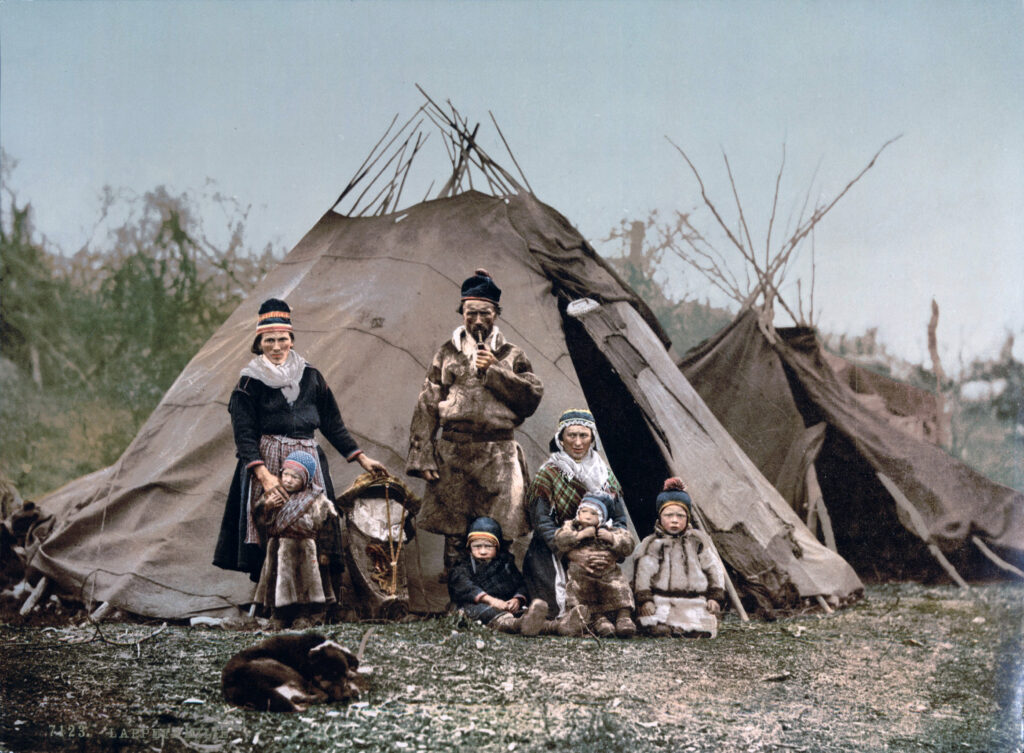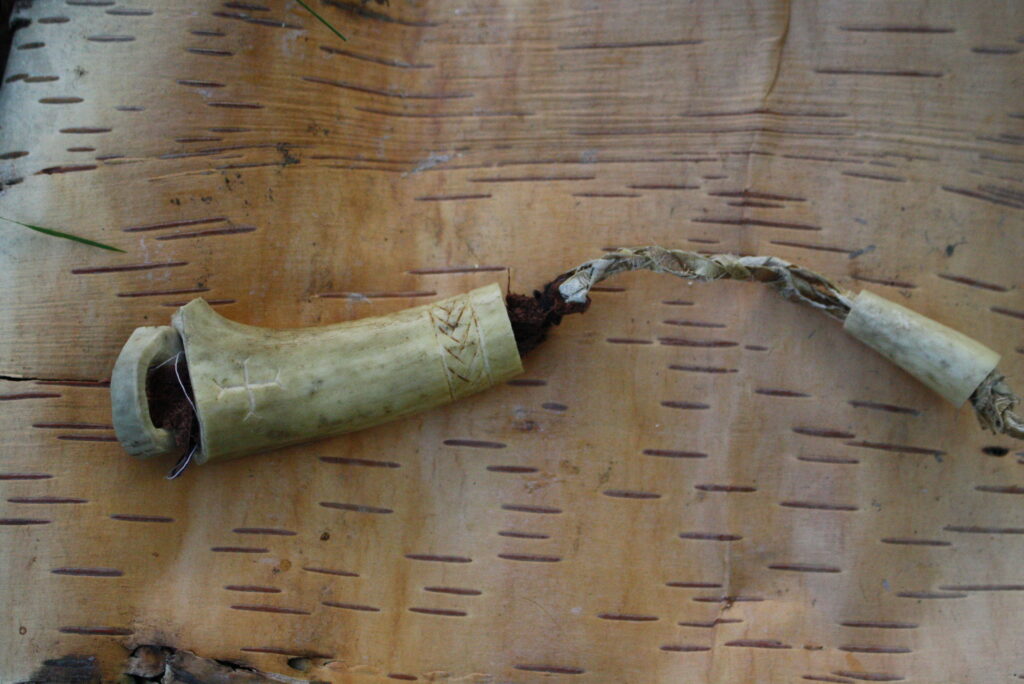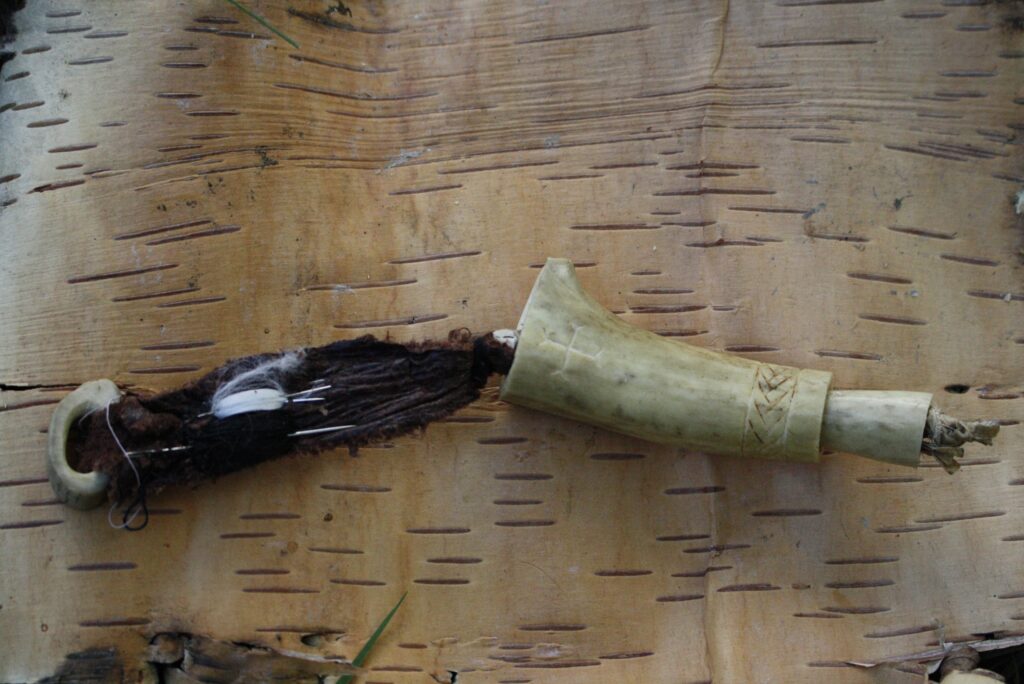A sewing kit was an essential part of the survival kit throughout the millennia. The Sami of Northern Scandinavia have preserved an especially nifty type of sewing kit. And there is no reason why this can’t be in re-integrated back into family life in the 21st century.

Who are the Sami?
The Lapps, or the Sami by which they know themselves, are the indigenous folk of the northern arctic regions of Sweden, Norway, Finland and the Russian Kola Peninsula. Traditionally they were nomadic, and generally dependent on the migrating reindeer herds. For much of early history they were predominantly hunters and trappers. Then around 1500 AD, they gradually shifted to managing the reindeer herds as pastoralists. They lived in tents or cabins made of turf. In Winter, they moved about on skis and wooden sledges pulled by a reindeer. Today, the Sami folk are still managing their reindeer herds, though they are now using snowmobiles and not as the much as the nomads as they used to be.


The Sami Connection (sort-of)
Some of my great-grandparents came from Norrbotten, Sweden right up near the Arctic Circle. They themselves were not Lapps, but they came from a landscape that had a long history of interaction and influence of Sami folk. As a kid I remember souvenirs that my mother or grandmother had from Northern Sweden that were Sami-made or Sami-inspired. Thus, through my formative years and into young adulthood, I developed a stronger interest to the Sami culture.
Duodji, or Handicraft
That is what the Sami call their finely worked crafts. The attractiveness of the Sami handicraft is its blend of beauty and practicality. That is the true hallmark of traditional peasant or folk crafts. In their Arctic environment, they especially excelled in their use of wood, antler and leather. Years ago, I came across the ingenious Sami sewing kit. It was made by hollowing out a section of antler to store needles and thread. I was inspired to to make something similar.
A Sami-inspired Sewing Kit
Here is the sewing kit that I came up with. I made for Emily before we were married. You can tell I was betting on a long future with this woman, ja?

As you can see the the hollowed out length of antler serves as a secure case to store needles and thread on a tab of leather . Pulling on the antler ring opens it up and pulling on the toggle on the opposite end closes it up.

Mind you, I am careful not to officially call it a Sami sewing kit but a Sami-inspired kit. This is because I myself am not Sami. Nevertheless, because of the literally millennia-old interactions between the Sami and the Germanic-speaking Norse, there has been alot of shared and adapted material culture between the two peoples.
I also used a Wisconsin white-tail deer antler instead of the traditional reindeer, because of the obvious reasons of um…not having access to any reindeer antlers. Stocked with a couple of needles and some stout thread, this is compact and handy. It can be suspended from your belt on a camping trip or packed in the diaper bag. This is the kind of kit that is meant for quick repairs of unexpected mishaps. If it comes in handy even once, you’ll be proud of your efforts! But you you’ll never know unless you actually make one, won’t you now? ~ Nathanael
This post is one of my growing list of posts with old Scandinavian cultural themes. Be sure and check out some of these other ones!


Leave a Reply